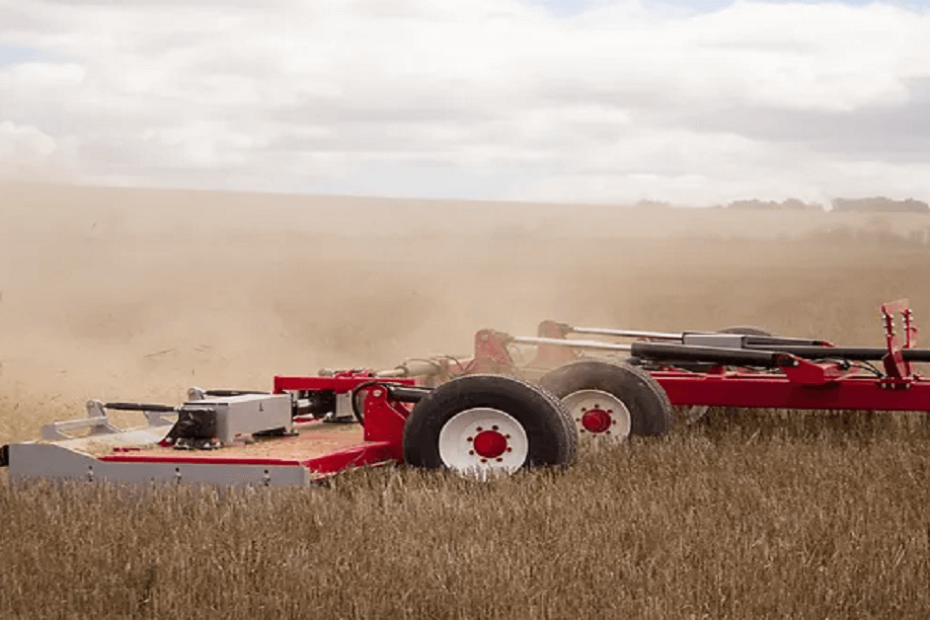When it comes to maintaining a farm or large property, one crucial task often overlooked is farm slashing. Proper farm slashing keeps your property looking well-kept and aesthetically pleasing and plays a vital role in preventing the overgrowth of weeds and maintaining fire safety. This article will reveal the essential equipment including a comprehensive guide on the must-have tools for efficient land maintenance, and you can find a top-quality slasher for sale to help you achieve pristine fields and pastures.
The Basics of Farm Slashing
Why is Farm Slashing Important?
- Weed Control: Slashing helps prevent the spread of noxious weeds that can compete with crops and native vegetation.
- Fire Prevention: Reducing excessive grass and brush minimizes the risk of wildfires, especially in dry and hot climates.
- Aesthetic Appeal: Regular slashing enhances the visual appeal of your property, making it more inviting and well-maintained.
Essential equipment you’ll need to get the job done efficiently
- Tractor or Ride-On Mower
A reliable tractor or ride-on mower is the heart of any farm-slashing operation. These powerful machines can cover large areas quickly and are designed to handle rough terrain. Look for features like:
– Engine Power: Choose a tractor or mower with adequate horsepower to handle the size of your property.
– Four-Wheel Drive: Four-wheel drive ensures better traction on uneven terrain.
– Cutting Deck: Opt for a mower with a wide cutting deck to cover more ground in a single pass.
- Slasher Attachment
A slasher attachment is the primary tool for cutting down grass and weeds. It’s designed to be mounted on the rear of your tractor or ride-on mower. When choosing a slasher attachment, consider:
– Blade Type: Select the appropriate blade type for your specific vegetation. Flail blades are excellent for dense growth, while rotary blades work well for general slashing.
– Cutting Height: Ensure the attachment allows you to adjust the cutting height to suit your needs.
– Durability: Look for a slasher attachment built with sturdy materials to withstand tough conditions.
- Safety Gear
Safety should always be a top priority when farm slashing. Proper safety gear is essential to protect yourself during the operation. Make sure you have:
– Protective Clothing: Wear long pants, a long-sleeved shirt, and sturdy work boots to shield yourself from debris.
– Safety Glasses: Safety glasses or goggles protect your eyes from flying debris.
– Hearing Protection: Noise-cancelling earmuffs or earplugs are crucial to prevent hearing damage from loud machinery.
- Maintenance Tools
You’ll need maintenance tools to keep your equipment running smoothly. Regular maintenance extends the lifespan of your machinery and ensures optimal performance. Consider having:
– Wrenches and Screwdrivers: These basic tools are essential for routine maintenance tasks.
– Lubricants and Oils: Keep the necessary lubricants and oils on hand to keep your equipment well-lubricated.
– Replacement Parts: To minimize downtime, stock up on commonly replaced parts, such as belts and blades.
- Fuel and Storage
Remember the practical aspects of farm slashing. You’ll need a secure and convenient way to store fuel and equipment. Consider:
– Fuel Storage: Invest in proper containers and storage solutions for gasoline and diesel fuel.
– Equipment Shed: A dedicated shed or storage area protects your machinery from the elements and theft.
Conclusion
Mastering the art of farm slashing requires the right equipment included on the must-have tools for efficient land maintenance, and you can find a top-quality slasher for sale to help you and a commitment to safety and maintenance. With the essential equipment mentioned above, you’ll be well-prepared to keep your property in top shape, control weeds, reduce fire hazards, and enhance its overall appearance. Remember to always prioritize safety, wear the necessary protective gear, and perform regular maintenance on your equipment to ensure its longevity and effectiveness.
